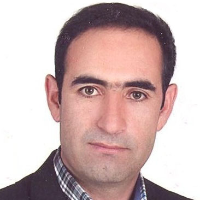Investigating urban livability scenarios with a futures research approach in border cities (Case study of Mahabad city)
The purpose of this study is to identify the drivers that affect the future landscape of Mahabad. The present study has been done in terms of applied purpose, in terms of survey method at the exploratory level and based on futures research approach. Due to the nature of this research, first using the method of differential snowball method, 24 specialists and executives of government organizations related to environmental affairs should be identified and selected, and then from the Delphi method and studies Documents were used to determine key drivers. Also, structural analysis method and Mic Mac software have been used to weigh and identify the most important drivers affecting the livability of the city. The results of the study showed that due to the high score of direct and indirect impact among 40 variables, 10 key drivers including; The quality of the road network, having sufficient lighting in the roads, access to public transportation and parking, the level of user adaptation, access to sidewalks and bicycle paths, the ratio of construction of sidewalks to the total area, sufficient income for households, the amount of investment Government facilities, adequate access to urban facilities (Internet, electricity, gas, etc.) and the level of air pollution will affect the future of Mahabad. According to the results, the ten drivers in the impact column had the largest share in direct impact, of which 8 variables in indirect impact were repeated
-
Evaluation of Urban Regeneration for the Development of Cultural Heritage Tourism in the Historical Context of Tabriz City
Ladan Aghlara, *, Ali Panahi
Journal of Urban Economics and Planning, -
Promotion of Tourism Development of Urban Historical-Cultural Places by Re-Creation in the Historical-Cultural Contexts of Tabriz City (Case Study : Zone 8)
Ladan Aglara, *, Ali Panahi
Scientific Journal Urban Design Discourse,


